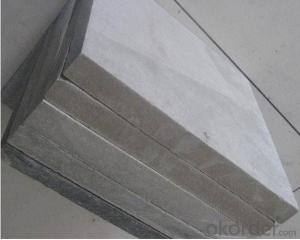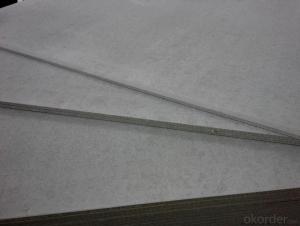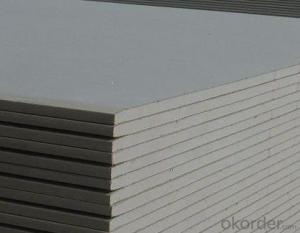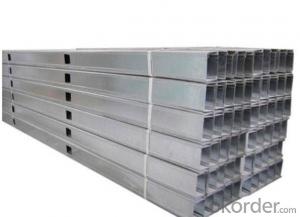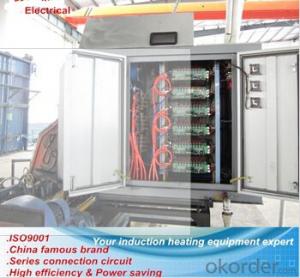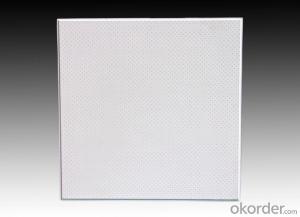Thin Wall Stainless Steel Tube
Thin Wall Stainless Steel Tube Related Searches
Best Paint For Stainless Steel Blanket Insulation For Steel Buildings Primer For Galvanized Steel Foam Filter For Stainless Steel H S Code For Stainless Steel Surface Grinding Wheels For Stainless Steel Surface Grinding Wheels For Hardened Steel Hole Saw For Stainless Steel Paint For Stainless Steel Stainless Steel For BbqHot Searches
Steel Mesh Panels For Sale Price For Stainless Steel Scrap Scrap Price For Stainless Steel Price For Stainless Steel Stainless Steel Tank For Sale Stainless Steel Sheets For Sale Cheap High Tea Sets For Sale Stainless Steel Tanks For Sale Stainless Steel For Sale High Density Fiberboard For Sale Solar Hot Water Collectors For Sale Scaffolding For Sale In Uae Scaffolding For Sale In Ireland Scaffolding For Sale In Houston Type Of Inverter For Solar Price Of Shipping Containers For Sale Types Of Inverter For Solar Stock Price For Aluminum Used Solar Inverter For Sale Steel Mesh Panels For SaleThin Wall Stainless Steel Tube Supplier & Manufacturer from China
Okorder.com is a professional Thin Wall Stainless Steel Tube supplier & manufacturer, offers integrated one-stop services including real-time quoting and online cargo tracking. We are funded by CNBM Group, a Fortune 500 enterprise and the largest Thin Wall Stainless Steel Tube firm in China.Hot Products
FAQ
- Polished and unpolished stainless steel pipes differ primarily in their appearance and surface finish. Polished stainless steel pipes have undergone a polishing process that enhances their aesthetic appeal by creating a smooth, shiny, and reflective surface. This process involves using abrasive materials or compounds to remove any imperfections, scratches, or blemishes on the stainless steel surface. On the other hand, unpolished stainless steel pipes have a rougher, duller, and more industrial-looking surface. They have not been subjected to the polishing process and therefore retain their original surface finish, which may include slight imperfections, scratches, or a matte appearance. The choice between polished and unpolished stainless steel pipes depends on the desired application and aesthetic preference. Polished stainless steel pipes are commonly used in industries such as architecture, interior design, and food processing, where a visually appealing and hygienic surface is required. Unpolished stainless steel pipes, on the other hand, are often used in applications where appearance is not a priority, such as industrial or structural uses. It is important to note that the performance and durability of both polished and unpolished stainless steel pipes are comparable, as the polishing process does not affect the inherent corrosion resistance and strength of the stainless steel material. Ultimately, the decision between polished and unpolished stainless steel pipes relies on the specific requirements and intended use of the pipes.
- Stainless steel pipes have a higher durability and can withstand higher pressures and temperatures compared to polyvinyl chloride (PVC) pipes. Additionally, stainless steel pipes are resistant to corrosion, making them suitable for a wide range of applications, including in harsh environments. On the other hand, PVC pipes are lightweight, easy to install, and more affordable. However, they are not as durable as stainless steel and have limitations in terms of pressure and temperature resistance. Ultimately, the choice between stainless steel and PVC pipes depends on the specific requirements and conditions of the project.
- There are several types of stainless steel pipe supports, including pipe hangers, pipe clamps, pipe saddles, and pipe brackets. These supports are designed to securely hold and stabilize pipes in various applications and ensure proper alignment and distribution of weight. They come in different shapes, sizes, and configurations to accommodate different pipe diameters and mounting requirements.
- Stainless steel pipes, indeed, have the capability to undergo hydrotesting, a widely employed technique for assessing the pipes' strength and integrity. This procedure encompasses the utilization of water or a compatible liquid to fill the pipes and then exerting pressure on them to identify any leaks or deficiencies. The utilization of stainless steel pipes is prevalent across multiple industries owing to their exceptional resistance to corrosion and durability. Consequently, hydrotesting is conducted on these pipes to guarantee their dependability and efficiency. Nevertheless, it is imperative to adhere to the relevant safety protocols and procedures when executing hydrotesting on stainless steel pipes to avert any potential harm or mishaps.
- Indeed, high-pressure steam applications are well-suited for the use of stainless steel pipes. Stainless steel boasts exceptional corrosion resistance, high temperature resistance, and strength, rendering it an optimal material for the handling of high-pressure steam. The pipes' ability to withstand corrosion guarantees their ability to endure harsh conditions and avert any leaks or failures. Moreover, stainless steel pipes are capable of withstanding high temperatures without distorting or weakening, thereby ensuring the safe and efficient transfer of steam. In summary, stainless steel pipes are a dependable option for high-pressure steam applications due to their robustness, resistance to corrosion, and capacity to withstand elevated temperatures.
- How can galvanized steel pipe be connected with stainless steel pipe?
- Welding flanges respectively, with flange connection, but galvanized pipe according to specifications, dynamic welding after two times galvanized,
- Seamless and LSAW (Longitudinal Submerged Arc Welding) stainless steel pipes are two common types of pipes used in various industries. The main difference between these pipes lies in their manufacturing process and resulting structural characteristics. Seamless stainless steel pipes are manufactured without any seams or welds. They are made by piercing a solid cylindrical billet and then extruding it to form a hollow tube. This process ensures a uniform cross-section throughout the pipe, resulting in a smooth and consistent inner and outer surface. The absence of welds eliminates the potential weak points and increases the overall strength and integrity of the pipe. Seamless pipes are generally considered to have superior corrosion resistance and are often preferred in critical applications where leak-free performance is essential. On the other hand, LSAW stainless steel pipes are made by bending and welding a steel plate or coil into a cylindrical shape. The longitudinal seam is created through a submerged arc welding process, where an electric arc is passed through the steel plate and the welding filler material. This welding technique results in a visible seam on the outside of the pipe. LSAW pipes are commonly used for large diameter and thick-walled applications, such as in oil and gas transportation, as they can be produced in longer lengths and with larger diameters than seamless pipes. In terms of cost, seamless stainless steel pipes are generally more expensive to produce than LSAW pipes due to the complex manufacturing process. However, the seamless construction offers better performance and reliability, making it a preferred choice for critical applications. LSAW pipes, on the other hand, provide a cost-effective solution for large-scale projects where the visible seam is not a concern. In summary, the key differences between seamless and LSAW stainless steel pipes lie in their manufacturing process, structural characteristics, and cost. Seamless pipes are made without any seams or welds, providing superior corrosion resistance and strength. LSAW pipes, on the other hand, are created by bending and welding a steel plate, offering a cost-effective solution for large-scale projects. The choice between these two types of pipes depends on the specific requirements of the application and the desired balance between cost and performance.
- Yes, stainless steel pipes can be used for oil and gas applications. Stainless steel possesses excellent corrosion resistance properties, making it suitable for handling corrosive fluids such as oil and gas. It also has high strength and durability, making it a reliable choice for these applications. Additionally, stainless steel pipes can withstand high temperatures and pressures, making them well-suited for oil and gas transportation and processing.





